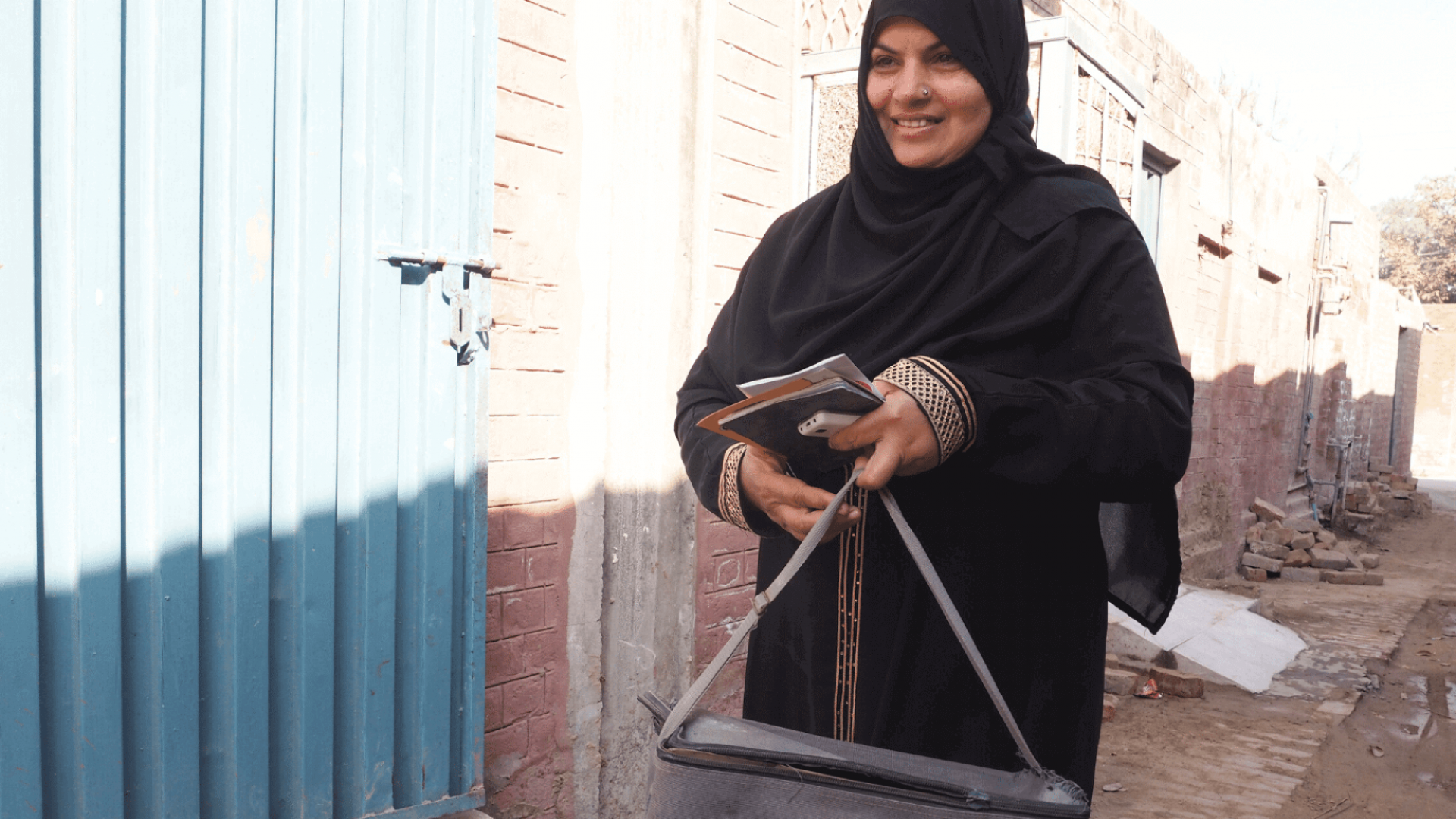The Health Sector in Rwanda has been characterized by successful innovations in health financing, leading to marked improvements in the coverage and financial protection of the population. Overall, the Government of Rwanda health spending (as a proportion of total budget) increased from 8% in 2005 to around 17% in 2018.1 There are two major health insurance schemes, the Community Based Health Insurance (CBHI) scheme and the Rwanda Social Security Board (RSSB) Public Service Insurance, which cover around 90% of the population. OOP expenses are low at around 8%.1 However, in 2015 a review of health financing revealed a high reliance on external funding (about 60%), untapped opportunities for local resource mobilization, and a need for active engagement with private sector providers. The CBHI, which serves the poorest, was being run at a deficit, despite some cross subsidy between different insurance schemes.
These findings led to multiple reforms to improve equity and financial sustainability, building on previous developments over recent years and the development of a new Health Finance Strategic Plan for 2018-2024.1 The fragmentation of health insurance schemes was addressed by merging the management of CBHI and RSSB. This increases the coordination in purchasing services and enables greater emphasis on quality and efficiency. Essential health care packages have been defined based on the burden of disease, with an emphasis on responding to the needs of the most vulnerable members of society and on cost-effectiveness. Service quality is an important criterion for contracting with service providers within the Accreditation Framework for Health Facilities and Performance Based Financing (PBF). The proportion of the population covered increased by making health insurance mandatory by law in 2016. The amounts paid are dependent on socio-economic status. Additional efforts are being made to raise more revenue through several taxation mechanisms.
From 2019, the Government of Rwanda, Ministry of Health, included eye health indicators in their performance-based financing system. This includes indicators for eye health consultations at health centres, referrals from health centres, cataract identification and surgery, supervisory (mentorship) visits, and identification of diabetic retinopathy at hospitals. This model of collaboration between MoH and NGOs strengthens existing national health systems to increase eye health service provision.
Eye care is an integral part of the benefit packages at primary, secondary and tertiary level. These include ophthalmic consultations, refraction, surgery (cataract, glaucoma, retina), and diagnostic procedures such as biometry, perimetry and even OCT. The net result of this has been characterised by improving access to eye health care, reduction in financial risk and a widening of the services that can be obtained. The impact has been documented through reductions in VI at the population level. A RAAB in 20062, reported a prevalence of blindness of 1.6% in the population aged 50 and above in Rwanda while a RAAB in 2015 showed a prevalence of 1.1% in the same population. Similarly, the cataract surgical coverage in 2006 was 47% of people with bilateral cataract blindness (VA < 3/60) while it was 68.4% in 2015. Within three months of the introduction of Performance Based Financing the number of consultations reported at Health Centres and District hospitals had increased sharply. Verification processes are in place to assess whether this is due to more careful reporting of patient visits or a true increase due to increased mobilisation of patients at the primary level.
- Health Financing Strategic Plan 2018-2024. Kigali: Ministry of Health, Republic of Rwanda, 2019.
- Mathenge W, Nkurikiye J, Limburg H, Kuper H. Rapid assessment of avoidable blindness in Western Rwanda: blindness in a postconflict setting. PLoS Med 2007; 4(7): e217.

